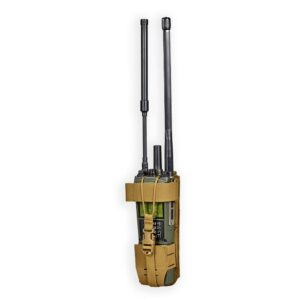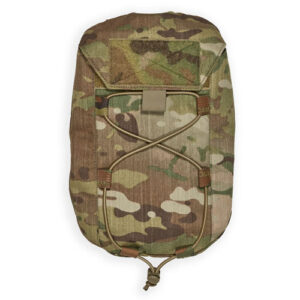How To Choose A Survival Radio
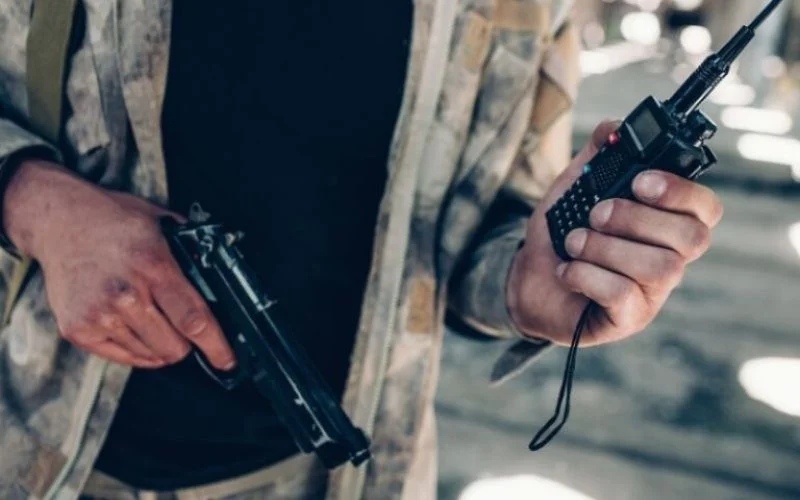
In a world where technology is usually right at our fingertips, we often assume we’ll always be able to reach loved ones or call for help in an emergency. However, natural disasters and other unexpected events frequently leave these trusted communication avenues inaccessible overnight. Survival radios are the lifeline in any emergency preparedness. When other communication sources are unavailable in critical situations, choosing the best survival radio can make all the difference. Secure your multi‑platform radio now with the Enhanced Multi‑Platform Radio Pouch.
Why A Survival Radio?
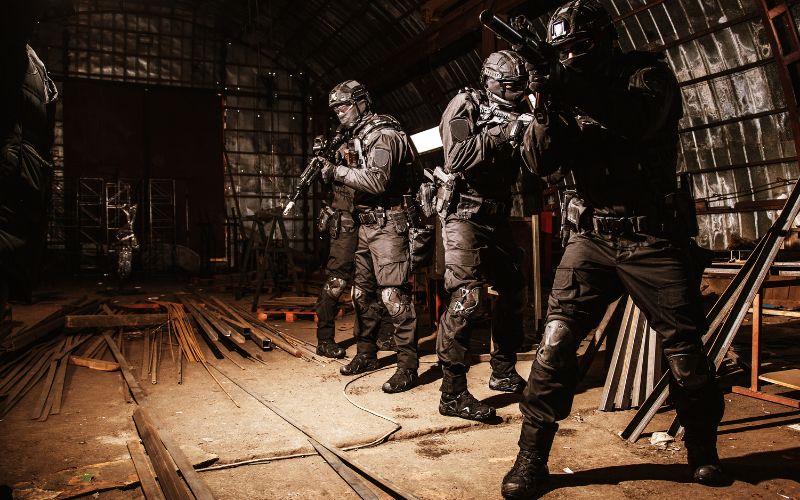
A survival radio is a device that any extreme adventurer, military personnel, or law enforcement official should have. Cellular communication can become saturated and inoperable when disaster strikes. It will provide individuals with access to weather alerts, local and emergency broadcasts, and communication in remote areas without cell towers or service.
The finest survival radios are essential tactical gear, handy to operate, and sport lifeline rescue options beyond simple communication. They’re priceless for families, individuals, or anyone ready for the unpredictable world.
Why Do We Need a Radio in a Survival Kit?
Most survivalists overlook radios, but the reason they’re so vital all comes back to flexibility and durability. A good broadcast offers weather warnings, emergency announcements, and even verbal communication when cell towers go down. In short, radios are still one of the most dependable instruments in times of crisis, and a valuable item in the survival kit. For added durability, consider a Molle radio pouch, which provides extra protection and securely attaches your radio to your gear.
What To Look For In A Survival Radio
Not all radios are made equal. While basic radios may serve recreational needs, survival radios are specially designed with certain functions that play crucial roles in tactical gear operations. Here’s what you should prioritize:
Multiple Power Options
In a survival situation, power sources can drain quickly. A great survival radio will ideally have multiple power options to keep it running for a considerable time. Common power options include:
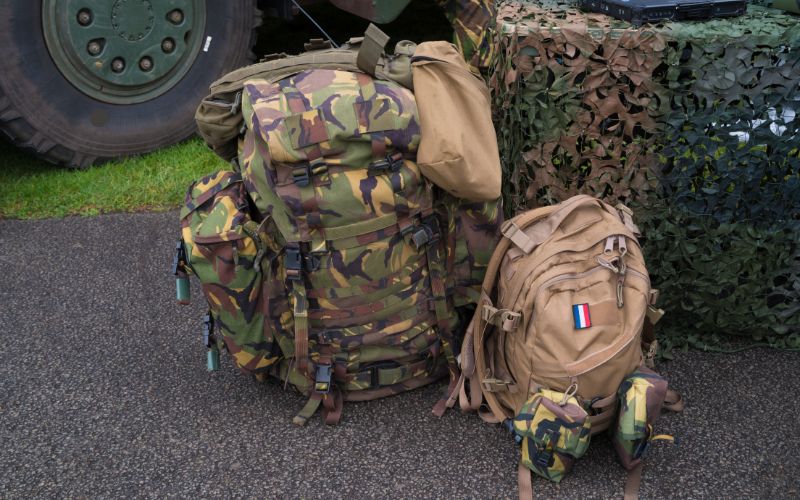
- Battery-Powered: Disposable batteries are light, but you will need a replacement; otherwise, they may not last long in a survival situation.
- Rechargeable Batteries: Some survival radios use rechargeable batteries that can be recharged.
- Solar Panels: Solar-powered radios are a good asset for long-term emergencies as they charge using sunlight.
- USB Charging: Survival radios may have built-in USB ports, enabling charging through power banks and thus offering options for carrying backup power sources in your bug-out bag.
The best bug-out bag radio should preferably have at least two means of powering it so that you can continue accessing communication when one power source fails.
NOAA Weather Alerts and Emergency Broadcast Channels
The most significant aspect of a survival situation is the reliability of updates regarding weather and emergencies. Several great survival radios can tune into the National Oceanic and Atmospheric Administration, NOAA, weather channels to obtain real-time information concerning the occurrence of severe weather, storms, and other hazards.
Look for radios that include Specific Area Message Encoding (SAME) technology. This feature allows you to receive alerts specific to your location.
Two-Way Communication
Ham radios are equipped with survival 2-way radios that enable you to communicate with others, which makes them perfect for coordinating in an emergency. Ham radios can cover long distances and are a favorite among preppers and survivalists because of their ability to connect with others over long distances. If you want a two-way option, ensure the radio supports the GMRS or Family Radio Service (FRS) bands.
While licensing is necessary for some bands, such as GMRS, many survivalists license themselves to enhance the range and potential of communications.
Durability and Weather Resistance
Your survival radio will have to be pretty rugged to withstand demanding conditions. Do your homework when searching for radios designed to last under heavy use that can withstand weather elements. Radios have an Ingress Protection rating, or IP, which indicates their dust and water resistance; this rating helps you determine the radio’s strength.
Volume and Speaker Quality
Speaker and volume quality are paramount, particularly in settings where communication can affect safety. A clear speaker guarantees that messages are received without distortion and with minimal risk of miscommunication. In high-risk environments, such as construction areas, background noise can easily overpower weak or muffled audio. A robust speaker overcomes that noise, providing clear messages to hear. This can be vital when issuing instructions, warnings, or alerts requiring prompt attention. In the end, high-quality speakers enable greater situational awareness and quicker response time, avoiding accidents and miscommunication.
Portability and Size
Every pound and each square inch counts in a survival situation. A light, compact radio will not take up much space and is easy to carry without adding bulk to your emergency backpack. However, weigh the trade-off between portability and usability: You may have to give up two-way communication capability or have limited battery life when you minimize a radio’s size. Be satisfied with a portable model that includes the barest essential survival features.
Types Of Survival Radios: Which One Fits Your Needs?
Most survival radios fall into a few classes, each with pros and cons. Here are the most commonly encountered categories of radios that are shaping the future of tactical gear:
1. AM/FM Radios
Most survival radios have AM/FM tuners so that you can hear the local news and weather forecasts. Though rather simple, AM/FM frequencies are reliable crisis news sources. Radios with this feature can still provide insight even when other means of communication are out.
2. Ham Radios
The best thing about ham radios is that they suit those who need range and two-way communication. They enable users to communicate over long distances, making them ideal for coordinating with others or calling for help. On the downside, operating these radios legally requires a license, and they may be more challenging to use than basic survival radios.
Conclusion
Choosing a survival radio is smart preparation for any unexpected event. A good survival radio provides uninterrupted information, enables communication with yourself and others in emergencies, and offers additional safety tools. Therefore, when selecting your radio, consider its durability, power sources, and how well it communicates to meet your needs.
Frequently Asked Questions
What is the best radio for military survival?
A high-quality shortwave or HAM radio with multi-band support and multiple power sources is often the best radio for survival.
Can I use a survival radio without a license?
Yes. Most weather and shortwave radios do not require a license. However, operating a HAM transmitter does require an FCC license in the U.S.
What’s the difference between VHF and UHF?
VHF (Very High Frequency) is better for long-distance, open-area communication, while UHF (Ultra High Frequency) penetrates buildings and is better in urban environments.
Why do I need a radio if I have a smartphone?
Cell towers may be down during emergencies. Radios operate independently, offering a reliable form of communication and news coverage.
Are military radios legal for civilians?
Some military survival radios are available commercially, but they must comply with civilian frequency regulations.

